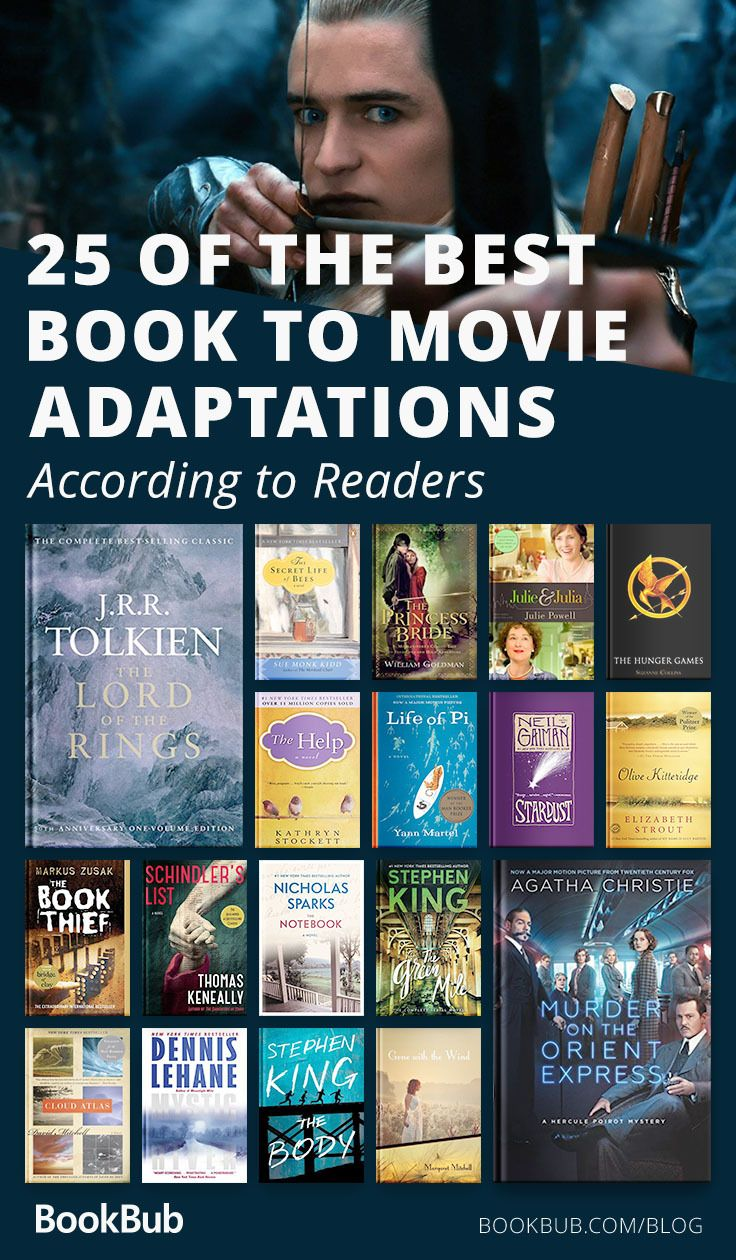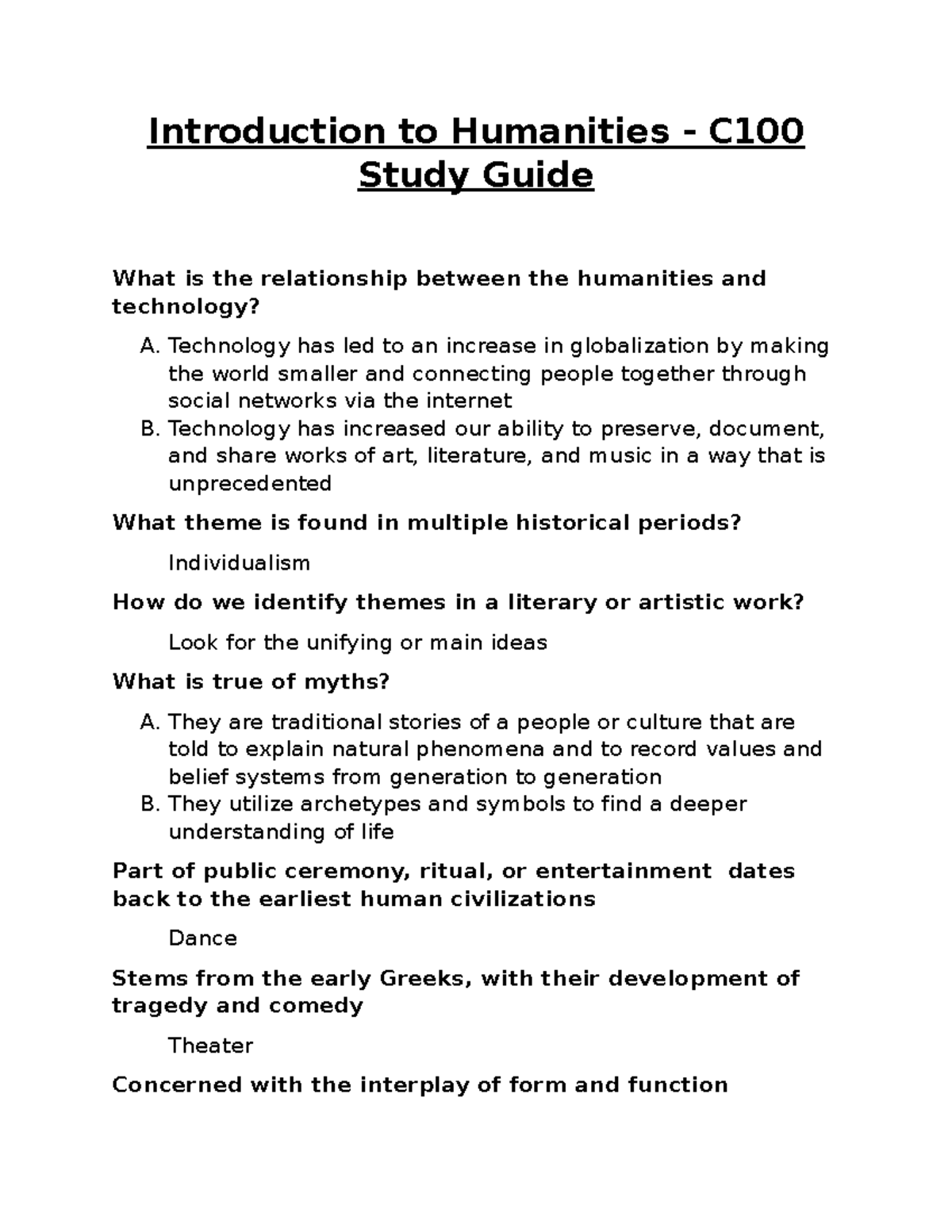Book adaptations have long fascinated audiences, sparking debate over whether they can ever truly capture the essence of the original material. With numerous successful book to film adaptations gracing the silver screen, viewers often find themselves torn between the pleasures of reading and watching these narratives unfold. From bestselling novels turned into Oscar nominated book adaptations to top movie adaptations that redefine the stories, the art of translation from page to screen is complex and nuanced. Many of the best adaptations succeed not only in retelling the tale but also in enhancing the themes and character arcs that made the books beloved. As Oscar season approaches, the spotlight shines brighter on these film adaptations of novels, with conversations centering on which story truly reigns supreme: the book or its cinematic counterpart?
The world of literary transformations invites exploration of the cinematic interpretations of narrative texts, where narratives are reimagined for a wider audience. These film renditions often serve as a bridge between literature and the visual arts, offering new perspectives on well-known stories. The phenomenon of cinematic adaptations showcases varied artistic visions, often breathing life into works that may not have found a mainstream audience. With several adaptations competing for accolades and recognition during awards season, the conversation continues about which adaptations resonate most profoundly and why they diverge or align with their literary sources. Indeed, this intriguing intersection of books and films keeps audiences engaged, reflecting the timeless nature of storytelling.
The Art of Successful Book to Film Adaptations
Film adaptations of novels have increasingly garnered recognition for bringing transformative narratives to the silver screen. While some adaptations faithfully recreate the source material, others take creative liberties that enhance the story, making it resonate more with modern audiences. A case in point can be seen in the adaptation of Stephen King’s ‘Misery,’ which, while it remains true to the novel’s chilling essence, also encapsulates the broader themes of fame and the psychological struggles of creativity, leading to a dynamic cinematic experience. Such adaptations not only highlight the struggle of their characters but also evoke new interpretations that engage audiences on multiple levels.
However, the key to a successful adaptation doesn’t solely lie in its faithfulness to the text; it also involves interpreting the themes through a visual medium. For instance, the film ‘L.A. Confidential’ reimagines James Ellroy’s novel while retaining the core elements of its character studies and moral complexities. Adaptations leverages visual storytelling, allowing directors to explore aspects of narrative that perhaps books cannot convey as vividly. Adapting novels into films can result in Oscar-nominated book adaptations that span a variety of genres, showcasing the timeless stories hidden within pages.
Oscar-Nominated Book Adaptations You Should Not Miss
Oscar-nominated book adaptations often redefine the narrative landscape, setting bar high for storytelling across both mediums. The grandeur of the Oscars shines a spotlight on films like ‘The English Patient,’ which, while being an adaptation of Michael Ondaatje’s novel, managed to capture the essence of love and loss in a way that resonated deeply with viewers and critics alike, ultimately sweeping multiple Academy Awards. These films exemplify how literature can inspire visual masterpieces that provoke thought and emotion in a significant way.
Further exemplifying this trend, ‘The Remains of the Day,’ adapted from Kazuo Ishiguro’s novel, beautifully illustrates the complexities of duty and regret in post-war England. With brilliant performances and masterful direction, the film invites viewers into the melancholic inner world of its protagonist, unveiling layers of subtlety that even the written word may struggle to portray. Hence, exploring successful book to film adaptations that have received Oscar nods not only highlights their artistic merit but also encourages a deeper appreciation for the original texts.
The Best Book Adaptations of Recent Years
In recent years, audiences have seen a wave of exceptional book adaptations that have successfully captured the imagination of viewers. Movies like ‘Little Women’ (2019), adapted from Louisa May Alcott’s classic, beautifully breathe new life into the beloved story through a contemporary lens. This adaptation diverges from traditional narratives by emphasizing themes of female empowerment, making it relevant for today’s audiences. Such adaptations remind us that literature possesses a timeless quality, allowing filmmakers to reinterpret and refresh stories for new generations.
Moreover, ‘The Goldfinch,’ adapted from Donna Tartt’s Pulitzer Prize-winning novel, presents a haunting exploration of art, loss, and the complexity of beauty. Despite its divisive reception, it stands as a testament to the challenges faced in transitioning dense literary works into visual storytelling. The intricacies involved in these adaptations illustrate how filmmakers must balance fidelity to the source material while also making necessary adjustments to enhance narrative flow, making the plot accessible and engaging for viewers.
Key Elements of a Successful Book to Film Adaptation
Successful film adaptations often share key elements that make the translated narrative compelling and relatable to a broader audience. Foremost is the notion of thematic fidelity, where the underlying messages and emotions of the original text remain intact even amid changes to the plot structure or character development. Films like ‘American Psycho’ are lauded for their ability to decode the twisted humor and social critique embedded in the source material, thus delivering a fresh narrative that remains loyal to the author’s intent while engaging audiences effectively.
Another crucial aspect is the visual representation of the story’s setting and characters. Filmmakers must possess a keen understanding of how to manifest a book’s imagery and tone into vibrant scenes that resonate on screen. ‘The Hoods,’ transformed by Sergio Leone’s direction into ‘Once Upon a Time in America,’ showcases a creative synergy that emphasizes the role of cinematography and music in storytelling. It underlines the importance of directors and production teams who can elevate the narrative through powerful visual storytelling that complements the text.
Exploring the Impact of Cinematic Techniques in Adaptations
Cinematic techniques greatly impact how a story is conveyed in adaptations, often reshaping scenes that resonate with viewers differently than in the written format. For instance, the use of lighting, color grading, and music can create a mood that enhances emotional responses and deepens character backstories. A poignant example is seen in the adaptation of ‘Where Are You Going, Where Have You Been?’ where film continuity adds depth to characters that may not be fully explored within the limited pages of a story. The choices made by directors bring these characters to life, allowing the audience to connect more personally with their journeys.
Additionally, editing plays a pivotal role in determining the pacing and dramatic tension of an adaptation. Effective pacing can maintain audience engagement and build anticipation, as seen in adaptations of fast-paced thrillers such as the ‘Jack Reacher’ series. By contrast, slower-paced dramas like ‘The English Patient’ require a delicate balance to ensure emotional beats resonate properly, often requiring significant cuts from the book to meet the expectations of a film audience. These considerations illustrate the intricacies involved in adapting beloved texts and the profound influence of filmmaking techniques on narrative structure.
Why Some Adaptations Outshine Their Source Material
At times, film adaptations surpass the original novels by infusing a fresh perspective that either enhances the story or revives interest in the underlying themes. This resurgence of interest often leads to a re-evaluation of the original work, providing new insights into characters and plot dynamics. Notably, adaptations like ‘The Fault in Our Stars’ bring emotional depth and relatability to John Green’s novel, inviting younger audiences to engage in pressing conversations about life, love, and loss that were perhaps less pronounced in the book.
Moreover, there is a unique artistry in how directors and screenwriters interpret source material and highlight themes relevant to contemporary audiences. For example, the adaptation of ‘Percy Jackson’ proved to have its strengths despite criticism of the original works. Due to a modern and diverse presentation, the films enabled viewers to engage with mythological concepts and narratives that feel fresh and contemporary. In this way, adaptations serve as cultural touchstones, influencing public perception of the stories we love.
Top Movie Adaptations Worth the Watch
Among the top movie adaptations, some films have captivated audiences while also earning critical acclaim for their storytelling prowess. Films like ‘12 Years a Slave,’ based on Solomon Northup’s memoir, not only provide a gripping narrative but also encourage vital discussions surrounding historical injustices. Winners of accolades, these adaptations showcase the power of storytelling in bridging the gap between literature and film, presenting urgent narratives that demand attention and reflection.
Additionally, books adapted into films often forge paths for previously untold stories to gain visibility in mainstream culture. Such is the case with ‘Crazy Rich Asians,’ which celebrates Asian culture through the lens of a romantic comedy, inviting wider audiences to engage with diverse narratives in major cinematic spaces. The popularity of these adaptations reaffirms the importance of representation in films and their ability to reshape the landscape of storytelling.
Transformations in Narrative: From Page to Screen
The transformative process of adapting literary works to cinematic presentation is both an art and a science, requiring careful consideration of narrative structure and audience engagement. This transformation is often marked by significant shifts in story elements, character arcs, and thematic emphasis. By examining adaptations of complex tales like ‘The Great Gatsby,’ one can see how filmmakers reimagine characters and settings to create a vibrant depiction of the Roaring Twenties, while also challenging viewers to reevaluate the characters’ motivations and the societal issues they encounter.
Moreover, compelling adaptations often defy everything we expect from the source material, taking risks that enhance viewer engagement. Films such as ‘Pride and Prejudice’ (2005) present fresh interpretations by emphasizing the romance and societal struggles, allowing viewers to connect with characters on an emotionally charged level. The art of transformation – both in narrative and emotional complexity – is one that continues to shape the landscape of cinema and literature alike.
Frequently Asked Questions
What are some of the best book adaptations to watch this Oscar season?
This Oscar season, several of the best book adaptations include ‘Conclave,’ ‘Nickel Boys,’ and ‘A Complete Unknown.’ These films are recognized not only for their storytelling but also for their quality as adaptations, bringing the source material to life in compelling ways.
Which top movie adaptations are known for improving upon the source material?
Some top movie adaptations that are often regarded as improving upon the source material include ‘Misery’ based on Stephen King’s novel and ‘American Psycho’ adapted from Bret Easton Ellis’s work. These adaptations offer unique insights and interpretations that resonate deeply with audiences.
What makes ‘L.A. Confidential’ one of the best film adaptations of novels?
‘L.A. Confidential’ is considered one of the best film adaptations of a novel because it captures the complex characters and the gritty essence of James Ellroy’s original work while successfully editing the plot for cinematic storytelling. The film’s ability to maintain the noir aesthetic and character depth makes it standout.
Are there successful book to film adaptations that have received Oscar nominations?
Yes, there are successful book to film adaptations that have received Oscar nominations, such as ‘Misery,’ which earned Kathy Bates an Academy Award for Best Actress, and ‘L.A. Confidential,’ which was nominated for Best Picture. These films showcase the impact literature can have on cinema.
What are some Oscar nominated book adaptations that audiences rave about?
Audiences rave about Oscar nominated book adaptations such as ‘The Shawshank Redemption’ and ‘The Godfather,’ both of which are celebrated not only as iconic films but also because they remain faithful to the spirit of the novels they were based on, enhancing their cinematic experience.
| Book Title | Author | Key Themes | Adaptation Notes |
|---|---|---|---|
| Misery | Stephen King | Writer’s struggle, fame, horror | Faithful but loses some themes on writing |
| L.A. Confidential | James Ellroy | Corruption, character depth, film industry | Excellent adaptation capturing essence despite changes |
| Jack Reacher series | Lee Child | Mysteries, heroism, popular entertainment | Mixed reviews; films highlight melodrama |
| The Hoods | Harry Grey | Jewish gangs, Prohibition | Film adaptation transcends the original text |
| American Psycho | Bret Easton Ellis | Materialism, humor, horror | Unique adaptation that adds vibrancy |
| Where Are You Going, Where Have You Been? | Joyce Carol Oates | Adolescence, horror, familial dynamics | Transforms narrative and emotional depth |
Summary
Book adaptations can often lead to the adage “the book was better,” yet many cinematic translations offer refreshing insights and experiences that outshine their literary counterparts. Through these adaptations, we see how filmmakers interpret and reinterpret original narratives, sometimes enhancing themes and character arcs. The recommendations from faculty highlight how adaptations like ‘L.A. Confidential’ and ‘American Psycho’ can breathe new life into established works, showcasing the potential for cinema to provide a distinct, yet complementary experience to readers’ original literary explorations.




